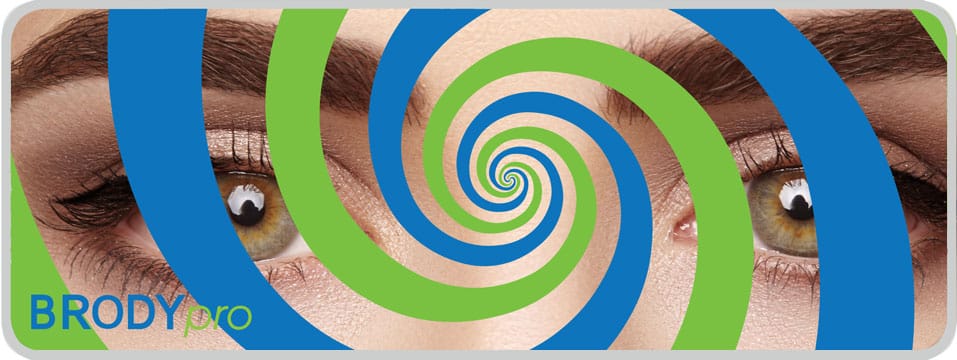Got Eye Contact?
Have you ever met with someone who wouldn’t make any eye contact at all? Someone who spent the entire conversation staring over your left shoulder, down at the table, or hit you with a split-second glance that bounced away so quickly you wondered if there was spinach in your teeth?
Uncomfortable, isn’t it? It feels almost impossible to connect.
A single friend tells me that if a guy doesn’t make good eye contact with her on the first date, she doesn’t trust him and won’t see him a second time. It’s not that she thinks he’s hiding anything, but she believes his unwillingness to look directly at her indicates serious intimacy issues.
You may be wondering why the topic of eye contact has anything to do wtih business. After all, we don’t want to be particularly intimate with our bosses, employees, or potential clients, do we?
Eye Contact Conveys a Message
The way we look at others—like everything else about our demeanor and body language—conveys a message to others.
Good eye contact, looking into someone’s eyes for several seconds at a time, perhaps smiling and nodding at the same time, conveys that you are interested, attentive, and confident.
Careful not to stare! Just hold the glance for a few seconds before shifting your glance elsewhere. You can learn a lot about effective eye contact by watching great speakers. They know to make eye contact in a zig-zag pattern around the room—connecting with certain individuals for a thought, before moving on to the next person, and so on.
No eye contact can be interpreted as weakness, untrustworthiness, disinterest, and even disrespect.
Eye Contact is Cultural
Ironically, in other cultures, such as the Far East, eye contact to superiors or members of the opposite sex can be considered disrespectful. In the Middle East, you may find strict religious prohibitions governing eye contact between men and women.
If you’re traveling on business, make sure you find out the customs of the local culture before you make an embarrassing faux pas. This advice also pertains to eye contact, handshakes, proper attire, and how much personal space is appropriate.
Eye Contact is Personal
One effective way of knowing how much eye contact is appropriate is to mimic the body posture and facial expressions of the person you are talking to. You don’t need to gaze into your boss’s eyes; you can look into one eye, just above or below the eyes, or at their face.
If the person you are talking to maintains heavy eye contact, he or she will notice unfavorably if you don’t do the same. On the flip side, if the person makes very little or intermittent eye contact, you might want to tone it down to match, lest you make him or her uncomfortable.
